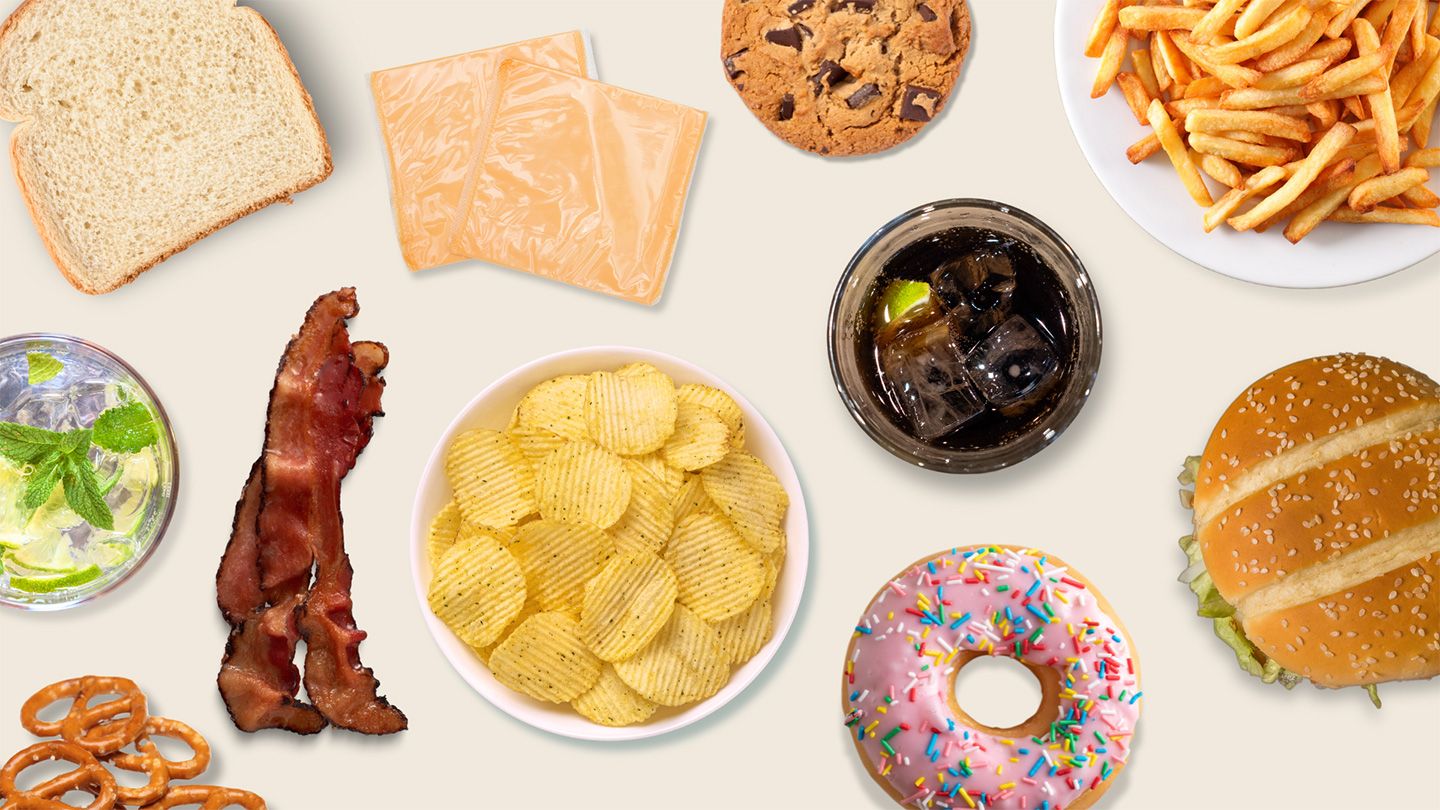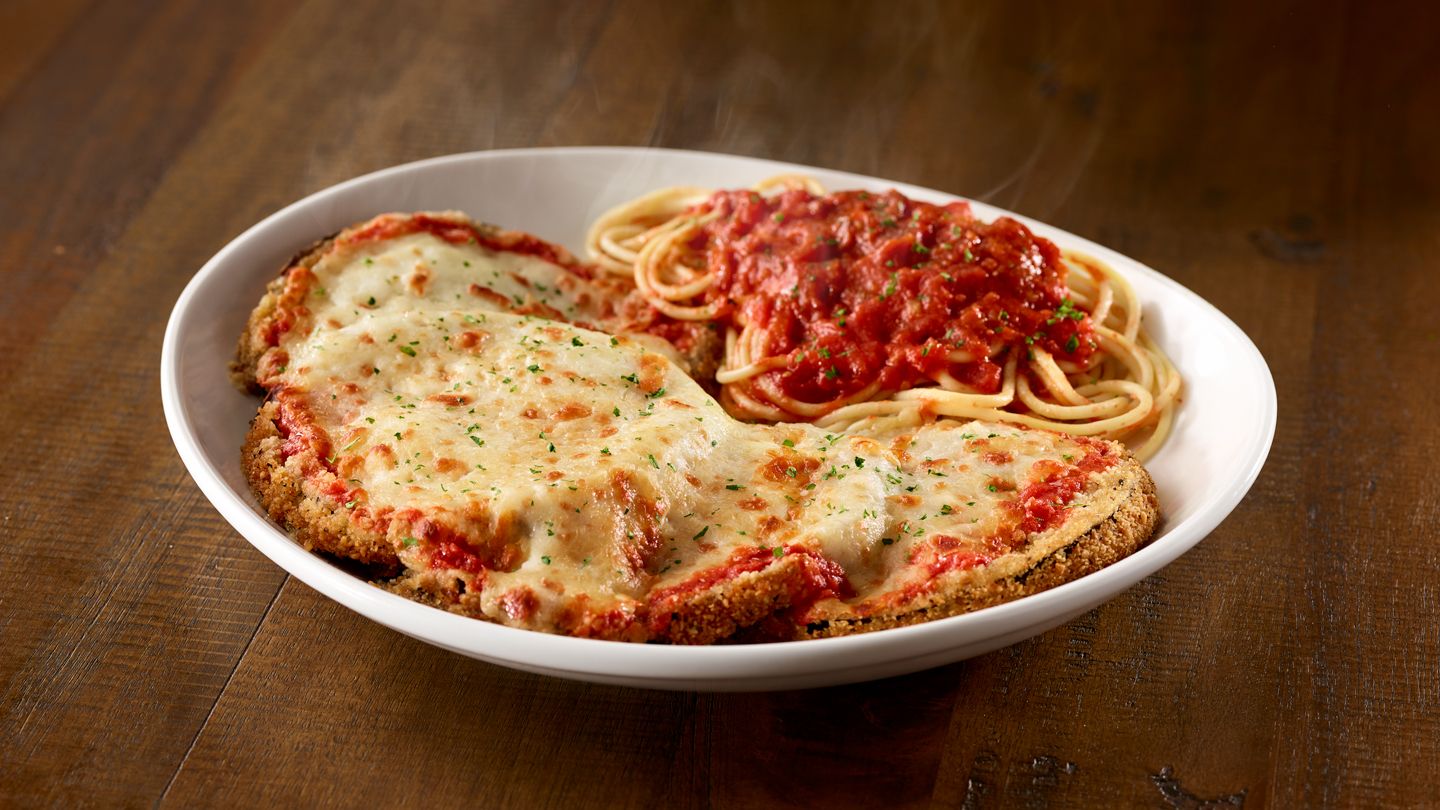An Introduction to Hard Cheeses on the Keto Diet
The keto diet has become one of the most popular low-carb diets, offering numerous health benefits like weight loss, lower blood sugar levels, and reduced inflammation. Many keto dieters rejoice at the fact that cheese is acceptable on the high-fat plan. However, some cheeses are more keto-friendly than others.
Hard cheeses tend to be some of the best options for those following a ketogenic lifestyle. Their low carb counts, high fat content, and delicious flavors make them a staple for cheese lovers on keto. Let's take a closer look at what makes hard cheeses a great addition to the keto diet.
What Makes a Cheese Hard?
Hard cheeses get their firm, dense texture from the cheesemaking process. To make hard cheese, the curds are pressed to remove moisture. This results in a drier final product that is easier to grate or slice. The curds may also be cooked at warmer temperatures which helps further remove moisture.
Some examples of popular hard cheeses include cheddar, Parmesan, Manchego, Pecorino Romano, and Gruyre. Many of these cheeses originated in Europe but are now produced worldwide.
Nutrition Profile of Hard Cheeses
Here is the typical nutrition information for a 1-ounce (28 gram) serving of hard cheese:
- Calories: 110
- Fat: 9g
- Protein: 7g
- Carbs: less than 1g
As you can see, hard cheeses are very low in carbs and high in fat, making them excellent choices for the high fat, low carb keto diet. The protein content also helps satisfy hunger and prevents loss of muscle mass.
Benefits of Hard Cheeses on Keto
Here are some of the reasons hard cheeses shine on the ketogenic diet:
- Low carb: With less than 1 gram of net carbs per ounce, hard cheese can be enjoyed freely without disrupting ketosis.
- High fat: The high fat content helps keto dieters reach their daily fat intake goals.
- Nutritious: Hard cheeses provide important nutrients like calcium, phosphorus, zinc, vitamins A and B12.
- Satisfying: The rich flavor and smooth, dense texture make hard cheese very satisfying.
- Convenient: Many hard cheeses have a long shelf life and travel well for easy snacking.
- Versatile: Hard cheeses can be used in recipes, eaten alone, or paired with low carb foods like nuts and charcuterie.
The Best Hard Cheeses for the Keto Diet
When grocery shopping for keto-friendly hard cheeses, there are lots of delicious options to choose from. Here are some of the top varieties to add to your cart:
1. Cheddar
Cheddar cheese is one of the most popular hard cheeses worldwide. Originally from England, cheddar has a fruity, nutty flavor that ranges from mellow to sharp depending on age.
Aged cheddar is lower in lactose and carbs than younger cheeses. One ounce of sharp cheddar has only 0.4 grams of carbs. The rich umami flavor and crumbly texture make it perfect for snacking, charcuterie boards, burgers, and creamy sauces.
2. Parmesan
Parmesan is a hard Italian cheese renowned for its complex flavor and granular texture. Its made from cows milk and usually aged 1-3 years. True Parmesan comes from the Parmigiano Reggiano region of Italy.
Thanks to its low lactose content, just 1 ounce of Parmesan contains under 1 gram of digestible carbs. Parmesan has an irresistible savoriness that enhances everything from salads to roasted vegetables. It also melts beautifully into keto-friendly sauces and casseroles.
3. Swiss
With its trademark holes and nutty, mellow flavor, Swiss cheese is a keto dieters dream. Also called Emmental, Swiss cheese gets its signature holes from carbon dioxide released during the fermentation process.
Though mild, Swiss has a rich umami taste that makes it perfect for melting or eating raw. Just 1 ounce packs 10 grams of fat. Swiss is delicious in omelets or baked into keto breads and muffins.
4. Gouda
Originally from the Netherlands, gouda is a semi-hard cheese appreciated for its brown butter and caramelized nut flavors. Aged gouda takes on a crystalline texture with crunchy protein clusters called tyrosine.
With 0 grams of carbs per ounce, gouda can be eaten guilt-free on keto. Try pairing sliced gouda with roasted almonds for the perfect high fat, low carb snack. Gouda also melts superbly in burgers or keto quesadillas.
5. Gruyre
Gruyre comes from Switzerland and packs a punch of flavor despite its mild, creamy taste. Nutty and rich, it has delightful hints of brown butter, fruit, and earthiness.
Gruyre contains around 0.1 grams of carbs per ounce, so its very low in carbohydrates. Its supple yet dense texture stands up well to cooking. For an indulgent keto treat, try an omelet or casserole baked with Gruyre.
6. Pecorino Romano
Sharp and salty Pecorino Romano is a staple of Italian cooking. Made from sheeps milk, it has a bold, tangy flavor that adds a kick to dishes.
An ounce of Pecorino Romano has just 0.4 net grams of carbs. Its intense saltiness makes it perfect for sprinkling on salads or vegetable dishes. Pecorino Romano also works well in sauces. Combine it with cream for a luxurious, low carb alfredo.
7. Manchego
Manchego comes from Spain and is made from sheeps milk. It has a firm texture with a sweet, nutty flavor that varies from mild to sharp depending on age.
With around 1 gram of net carbs per ounce, Manchego can be enjoyed in abundance on the keto diet. It pairs wonderfully with cured meats, olives, roasted peppers, and marcona almonds for an easy Spanish-inspired keto tapa.
8. Asiago
Hailing from Italy, Asiago has a dense, crumbly texture similar to cheddar but with a nuttier, fruitier flavor. It can be young and mild or aged and sharp.
Since Asiago contains minimal carbs, lactose, and calories, its an excellent choice for keto. Asiago adds great flavor to omelets, panini, salads, and charcuterie boards.
9. Halloumi
Halloumi is a brined Cypriot cheese made from a mixture of goat and sheep milk. Unlike most cheeses, Halloumi maintains its shape when cooked at high heat.
With around 1 gram of digestible carbs per ounce, Halloumi is keto approved. Its high melting point makes it perfect for grilling or pan frying until crisp and golden brown on the outside while staying soft inside.
10. Queso Fresco
Queso fresco is a mild, crumbly Mexican cheese traditionally made from raw cows milk. It has a fresh, milky flavor complemented by a touch of saltiness.
An ounce of queso fresco contains less than 1 gram of net carbs. Its simple flavor profile pairs well with spicy taco meat, salsa fresca, avocado, and other Tex-Mex favorites.
Hard Cheeses to Limit on Keto
While most hard cheeses can be enjoyed freely on keto, a few options should be eaten in moderation:
1. Low Fat Cheese
Although low in fat, reduced fat cheeses tend to have more carbs. For example, low fat cheddar contains around 3 grams of carbs per ounce compared to under 1 gram in regular cheddar.
On keto, its better to get most of your calories from fat. Focus on full fat hard cheeses to reap the benefits of keto without feeling deprived.
2. Processed Cheese
Processed cheese foods like cheese singles and Velveeta are highly engineered products made with emulsifiers. They melt smoothly but lack true cheese flavor.
An ounce of processed cheese can have 2-3 grams of carbs, sometimes even more. Plus, they are lacking in nutrition compared to natural cheeses. If you crave melty cheese, opt for a high quality real cheese.
3. Cheese Curds
Fresh cheese curds are delicious but higher in carbs than aged hard cheeses. Made from curdled milk, cheese curds have a tender, squeaky texture and milky taste.
Since the curds dont go through an aging process to develop flavor, they rely on the naturally occurring lactose for sweetness. One ounce of curds has around 1-2 grams of digestible carbs.
4. High Carb Flavored Cheese
Many pre-flavored cheeses add suspicious ingredients like cornstarch, sugars, and artificial flavors. Read labels carefully to avoid unwanted carbs.
If you want flavored cheese, try spices like garlic, herbs, and pepper instead. Flavor cheeses yourself with keto-approved ingredients to control carb counts.
5. Shredded Cheese
Pre-shredded cheeses often contain potato starches or cellulose to prevent clumping. This adds around 1-2 grams of digestible carbs per ounce.
When possible, shred your own cheese from a block to avoid unnecessary ingredients. Check shred bag ingredients and opt for brands that only contain real cheese.
Tips for Adding Hard Cheese to the Keto Diet
Here are some suggestions for enjoying hard cheese on keto:
- Keep a variety on hand. Try different cheeses to find your favorites.
- Read labels carefully and choose full-fat, naturally flavored cheeses.
- Shred your own cheese from blocks when possible.
- Pair cheeses with nuts, seeds, olives, and cured meats for easy snacks.
- Melt cheese into sauces or bake into casseroles and keto breads.
- Add shredded hard cheese to salads, omelets, and vegetables.
- Simmer pecorino rinds in sauces for a savory flavor boost.
- Top keto-friendly pizzas and flatbreads with grated Parmesan or crumbled Gorgonzola.
Creative Ways to Use Hard Cheese on Keto
Besides eating hard cheese plain, there are endless ways to incorporate it into keto meals and snacks:
Cheddar Crisps
For crunchy cheese crackers, top parchment paper with cheddar shreds and bake at 400F until golden brown. Enjoy as a snack or crumble on salads.
Cheesy Cloud Bread
Whip egg whites into stiff peaks then gently fold in cream cheese, parmesan, salt and baking powder. Bake small mounds for grain-free bread.
Cheese Taco Shells
For keto taco shells, drape cheese slices over a muffin tin and bake at 350F until crispy. Fill with taco meat, guacamole, and low carb toppings.
Cheese Crisp Sandwiches
Top large cheese crisps with deli meat, mustard, and dill pickles for an easy low carb sandwich.
Cheesy Spinach Dip
Blend together spinach, cream cheese, parmesan, garlic, and artichoke hearts. Bake until bubbly then serve with vegetables.
Cheesy Meatballs
For keto-friendly appetizers, wrap ground meat around a piece of mozzarella then bake into cheesy meatballs.
Cheesy Broccoli Casserole
Toss broccoli with cheddar, cream, and seasonings then transfer to a casserole dish. Top with crushed pork rinds and more cheese before baking.
Cheesy Mashed Cauliflower
For a low carb twist on mashed potatoes, steam cauliflower florets until very soft then mash with butter, cream cheese, and Parmesan.
FAQs
Is cheese bad for keto?
Most cheeses are fine in moderation on keto due to their high fat, low carb nutrition profile. However, some processed cheeses or cheese products contain more carbs or preservatives than natural cheeses.
What is the lowest carb cheese?
Some of the lowest carb cheese options include Parmesan, cheddar, Swiss, feta, mozzarella, provolone, and goat cheese. Always check labels, as carb counts can vary between brands.
Can you eat unlimited cheese on keto?
It's best to eat reasonable portion sizes of even keto-friendly foods. While cheese is low carb, it's still high in calories. Eating too much could slow down weight loss over time if calories exceed what your body needs.
Which cheese is not allowed on keto?
Cheeses to avoid or limit on keto include low fat cheeses, highly processed cheeses, cheese curds, and flavored cheeses that contain added carbs. Always read nutrition labels when choosing packaged cheese products.
Is goat cheese allowed on keto?
Yes, goat cheese is keto-friendly. It's low in carbs while providing healthy fats. An ounce of soft goat cheese has around 1 gram of digestible carbs.
The Takeaway
Hard cheeses like cheddar, Parmesan, Swiss, and Manchego shine in a ketogenic diet thanks to their low carb counts, high fat content, and robust flavors. They make perfect portable snacks while also enhancing keto meals and baked goods.
Focus on unprocessed, full-fat hard cheeses and moderate your portions. With so many choices, experiment to find your favorites. Hard cheeses can satisfy cravings and help you stick to keto.
FAQs
What are the health benefits of eating hard cheese?
Hard cheeses are packed with important nutrients like protein, calcium, phosphorus, and vitamin B12. Calcium helps strengthen bones and prevents osteoporosis. The protein in cheese also helps keep you feeling fuller for longer.
Which is better for keto, soft or hard cheese?
Both soft and hard cheeses can fit into a keto diet. However, hard cheeses tend to be lower in carbohydrates and lactose. Their firm texture also makes them more convenient for cooking and grating compared to softer cheeses.
Can you build meals around hard cheese on keto?
It's healthy to have variety in your keto diet, but hard cheese certainly makes a great base for meals and snacks. Create charcuterie boards, cheese crisps, cloud bread, stuffed mushrooms, or cheesy casseroles focused around your favorite hard cheeses.
What is the shelf life of hard cheeses?
Properly stored, most hard cheeses last from several weeks to several months past the sell by date. Well-wrapped hard cheese can stay fresh in the fridge for 1-2 months. Unopened, it can last in the pantry for up to 6 months.
Should hard cheese be refrigerated?
For food safety, it's important to refrigerate any opened hard cheeses. Whole blocks of hard cheese can be kept in the fridge or cool pantry. Once cut into, hard cheeses are more prone to mold so should be refrigerated.
Disclaimer: This article is for informational purposes only and does not constitute medical advice. Always consult with a healthcare professional before starting any new treatment regimen.
Related Coverage
Discover the top 15 high-carb deli foods to avoid on keto, like bread, pasta salads, sugary drinks, and more. Get tips for low-carb swaps you can order instead....
Learn about the top low carb alcoholic seltzer brands to enjoy on the keto diet. Get info on nutrition stats to look for and recipes for mixing fruity skinny cocktails....
Honey baked ham is high in carbs from the glaze, making it hard to fit into a keto diet. Here are 15 delicious low-carb alternatives to enjoy instead....
Wondering if you can eat peanuts on the keto diet? Get the facts on peanut nutrition, carbs, and health impacts. Plus better keto snack options and peanut butter swaps....
Discover delicious and healthy white snack ideas that will satisfy your cravings without compromising your health. From Greek yogurt parfaits to whole-grain crackers with hummus, these tasty snacks are perfect for any time of day....
Learn about the impressive nutritional benefits of low fat parmesan cheese compared to regular parmesan. Discover how to shop for, store, use, and cook with reduced fat parmesan....
Learn how many carbs are in different whiskey types like bourbon, Scotch, and Tennessee whiskey. Get the best low carb and keto-friendly whiskey drink ideas....
Discover why hard boiled eggs are a perfect addition to a ketogenic diet, their nutritional benefits, how to incorporate them into your meal plan, and delicious keto-friendly recipes featuring hard boiled eggs....
Fireball whiskey is not keto-friendly due to its high sugar content. Find out its carb count, keto-approved alcohol options, and how to drink on a ketogenic diet....
Research on whether weed stunts growth has been mixed. While early use may delay growth slightly, genetics and lifestyle matter more. Learn the evidence....








